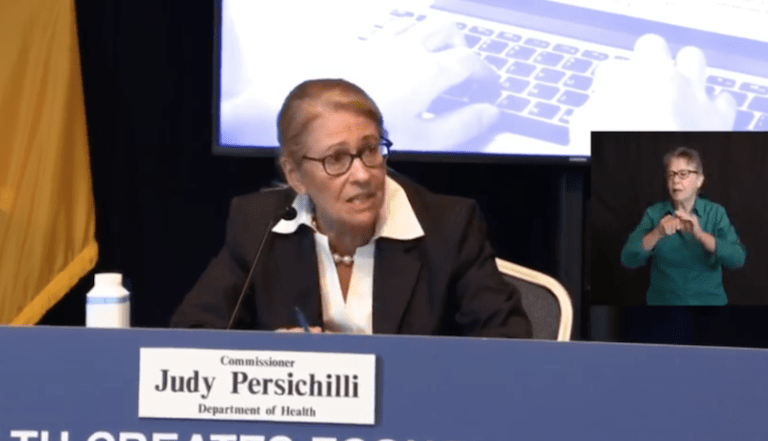 By Jessica Calefati/The Star-Ledger
By Jessica Calefati/The Star-Ledger

In New Jersey and across the nation, the number of students living in poverty is determined by how many of them qualify for free and reduced-price lunches, a federal program run by the Department of Agriculture. But the count is not just about the federally subsidized meals — schools with poor students in the lunch program receive up to 57 percent more state aid than their peers.
More>>


